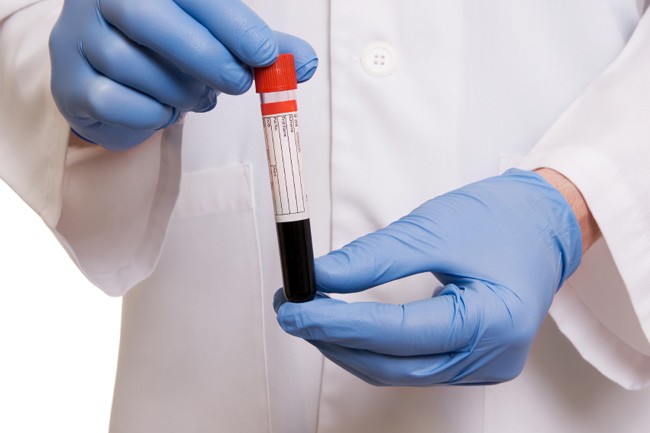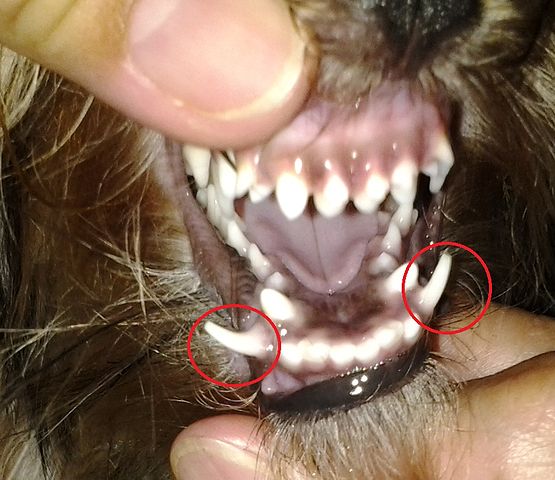
I’ve always had cats at home, and they often played the role of revision buddy/lap warmer. That was one of the things I missed most when I first went to university.
Pets aren’t allowed in student halls, but now that I live in a flat with other vet students, pet ownership becomes a possibility (landlord permitting).
As a student, I meticulously budget in order to ensure I eat well, am able to enjoy myself and get some travelling in without blowing all of my cash the first week that student loan comes in. But even with this amount of planning, could I find some spare to pay to feed a cat as well as myself? Probably. Could I find the money if something went wrong, if said cat needed lifetime insulin or thyroxine treatment or broke a limb in a road traffic accident? Probably not.
Pet insurance would extinguish the worry surrounding the “what ifs”, and I do know other students with pets that are insured. Even then, premiums that cover long-term conditions come at a fair price, and I wouldn’t want to find myself in a financial position forcing me to cancel insurance and risk my pet requiring costly treatment.
Money is not the only commitment that you make to a pet though. The other major consideration is time – although this is more of a concern with dogs, which require a greater time commitment than cats.
I often feel that owning a dog would be excellent stress relief, but as idillic as dog walking seems, could I commit several hours a day, every day, including around exam time?
 Even if I could commit the time while I’m around, I know that I don’t stay permanently in one place. For the majority of the time I’m in Glasgow, but during the holidays I’m at home (Leicestershire), on EMS or travelling. Who would look after the pet then? Since I live with vets, they have similarly busy lifestyles and it would be unfair to expect them to pet-sit while I’m away.
Even if I could commit the time while I’m around, I know that I don’t stay permanently in one place. For the majority of the time I’m in Glasgow, but during the holidays I’m at home (Leicestershire), on EMS or travelling. Who would look after the pet then? Since I live with vets, they have similarly busy lifestyles and it would be unfair to expect them to pet-sit while I’m away.
And what would happen when I graduate? I don’t know where I’ll be living, where my first job might take me, or whether it will be feasible to take a pet along for the ride.
An alternative to pet owning is fostering. The Glasgow branch of Cats Protection has recently advertised their fostering service to vet students at Glasgow. The fostering scheme encourages taking on a cat, with bedding, litter and food provided. They will provide all veterinary care and will even take back the cats if you go on holiday.
I think fostering is a great way of caring for cats without a lot of the concerns outlined above, and perhaps the only option I’d consider while at university with regards to pets. As much as I’d love to own a pet in Glasgow, I think it would be unfair on the animal if I could not offer the money and time to give it a great quality if life.
It’s unfortunate that many people do not undertake greater consideration when deciding to own a pet. Perhaps many of the day-to-day ethical issues faced in practice could be avoided if they did.













